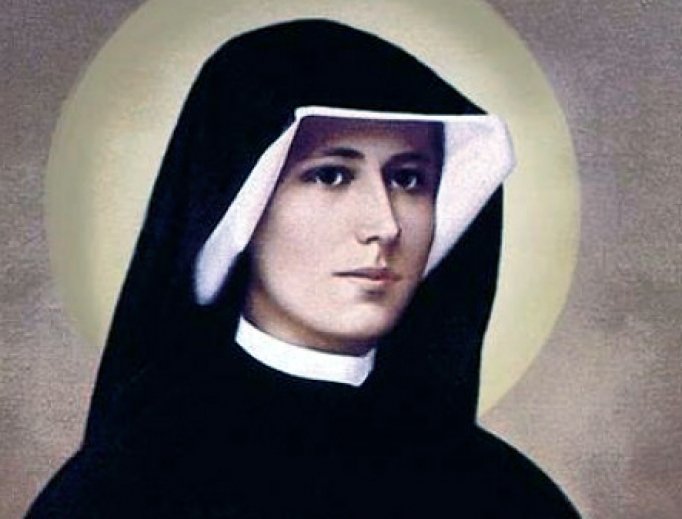The Significance of Divine Mercy Sunday
Each year, the Church invites us to celebrate Divine Mercy on Sunday, the first Sunday after Easter. This beautiful feast, instituted by Pope Saint John Paul II in 2000, emphasizes one of the most profound aspects of God's love: His endless mercy for all humanity.
The celebration stems from the revelations given to Saint Faustina Kowalska, a humble Polish nun, who was called by Jesus to spread the message of His Divine Mercy to the world. Jesus told her, “I desire that the Feast of Mercy be a refuge and shelter for all souls, and especially for poor sinners.” (Diary of Saint Faustina, 699)
Saint Faustina Kowalska
Divine Mercy Sunday reminds us that no sin is too great for God's forgiveness. His heart is open wide, pouring out love, healing, and renewal for anyone who approaches Him with trust and repentance. It is a day of great grace, where the Church grants a special plenary indulgence under the usual conditions — offering us a powerful opportunity for spiritual renewal.
In the image of the Divine Mercy, Jesus is depicted with rays of red and white light flowing from His heart, symbolizing the blood and water that gushed forth during His Passion. It is a visual reminder that we are not only invited to receive His mercy but also to be vessels of mercy to others.
On this special day, we are called to trust in Jesus completely, seek His forgiveness, and extend mercy through acts of love, compassion, and forgiveness in our own lives. Divine Mercy Sunday is not just a celebration—it is a call to live in the light of God's merciful love every day.
“Jesus, I trust in You.”

